The Advantages And Disadvantages Of Leaf Springs
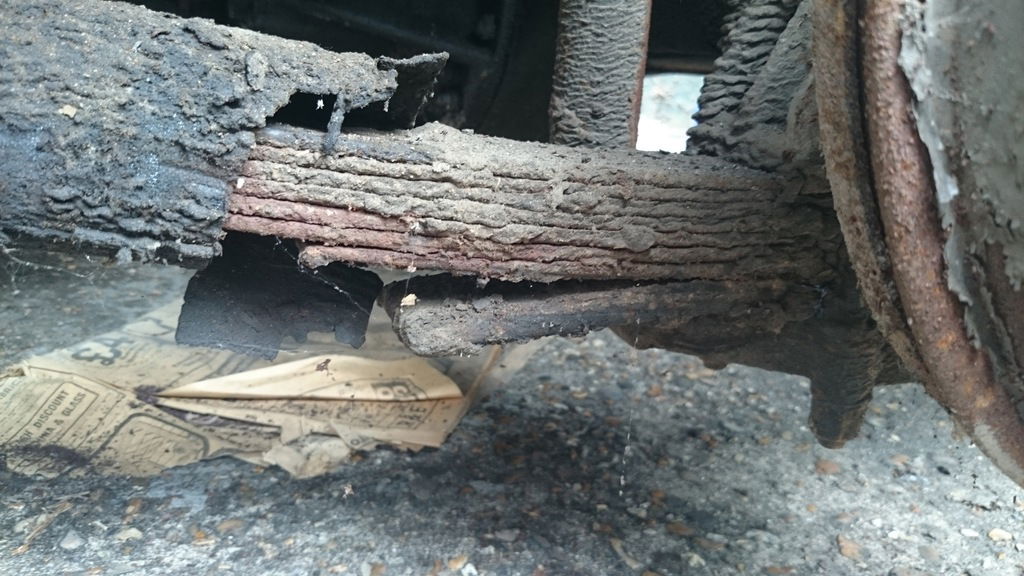
Nearly every car review out there will at some point mention something about the damping and suspension setup. Shock absorbers, springs, coilovers, upmarket stuff like Ohlins dampers; you’ve probably heard it all before. However, you don’t need to look back too far to find mass produced cars from the Western World that featured the leaf spring suspension. I first came across them on my Dad’s 1969 MGC GT and Austin Princess and always found them rusty, dirty and seemingly not up to the job.
Leaf springs as an entity date back to the Romans who decided that their chariots needed some damping for when riding on rough surfaces. Leaf springs barely changed for centuries after right up until the early 1900s when the first shock absorber (as we now it) was invented and then mass produced with the Ford Model A in 1927.
What are leaf springs?
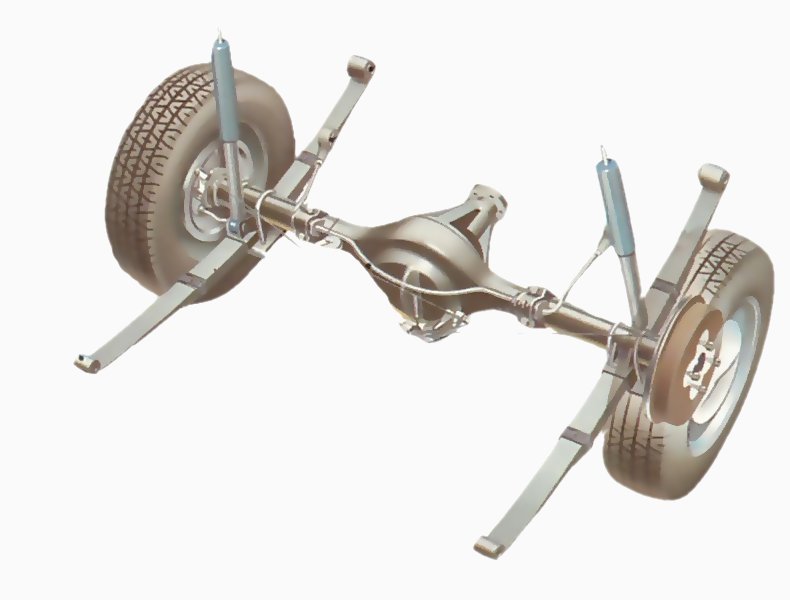
Leaf springs are a basic form of suspension made up of layers of steel of varying sizes sandwiched one upon the other. Most leaf spring setups are formed into an elliptical shape through the use of spring steel which has properties that allow it to flex as pressure is added at either end, but then returning to its original position through a damping process. The steel is generally cut into rectangular sections and then once held together by metal clips at either end and a large bolt through the centre of the leafs. It is then mounted to the axle of the vehicle using large U-bolts, securing the suspension in place.
The elasticity of the spring steel allows for a pliancy within the suspension for comfort and control of a car while moving, and a leaf spring setup has been proven as a viable option for cars for many decades, despite only really being found on HGVs and Military vehicles these days.
What are the advantages?
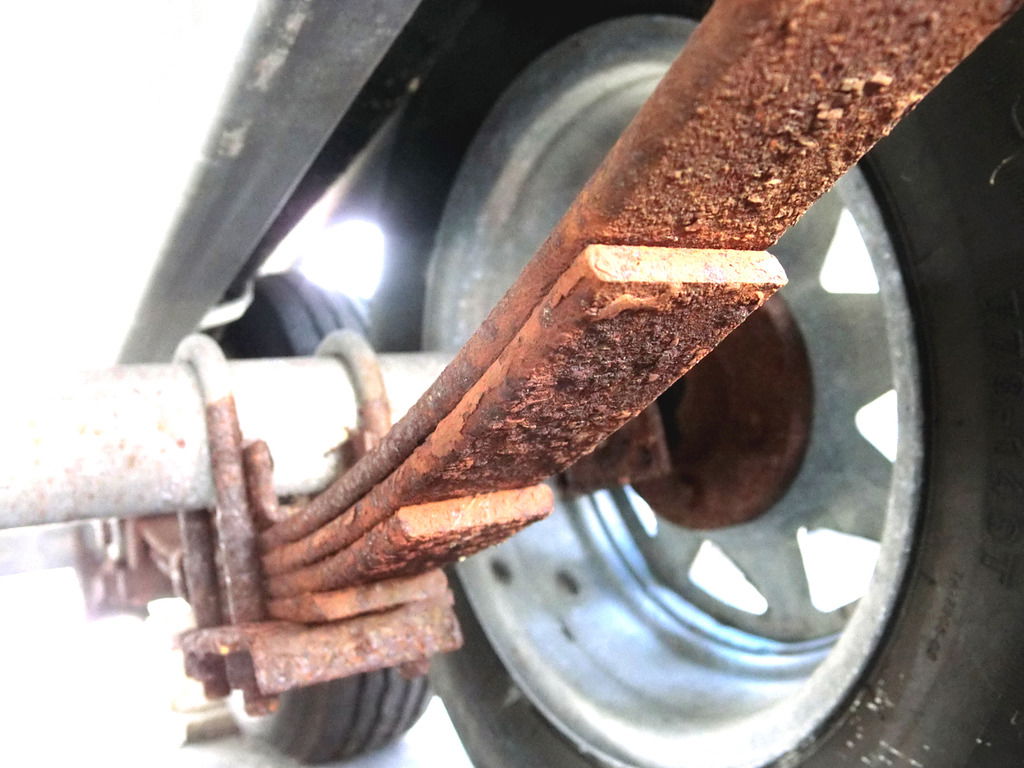
Due to the sheer amount of metal layered together, leaf springs offer a large amount of support between the wheels, axles and the car’s chassis. They can take huge vertical loads being applied to them due to their tight-knit structure, hence why heavy duty industries still use them. Vertical loading is also distributed throughout the length of the leaf spring rather than acutely through a small spring and damper, which can potentially create a concentrated force too large for the suspension to handle.
In a car, damping can be an extremely important characteristic. If the suspension is under-damped, the car will wallow and bounce around well after hitting any bump or pot hole in the road. This was a significant characteristic in cars that used helical springs before the dawn of the shock absorber and was disadvantageous to cars when driven at any real pace. Leaf springs coped much better with vehicle damping due to the friction between each plate of steel which made the response time after a vertical flex in the suspension much quicker, thus making for a much more controllable car.

Leaf springs were simple in design and cheap to produce in comparison with the early springs and dampers therefore it was the go-to setup once cars were being fully mass produced to ensure reliability while keeping costs low. Monoleaf springs were the simplest design of the lot, using only one leaf of spring steel which tapered from thick in the middle to thin at the edges (known as parabolic leaf springs) to distribute the vertical loads appropriately. A single leaf setup could only however be used on extremely lightweight vehicles due to the lack of strength within the bar.
What are the disadvantages?
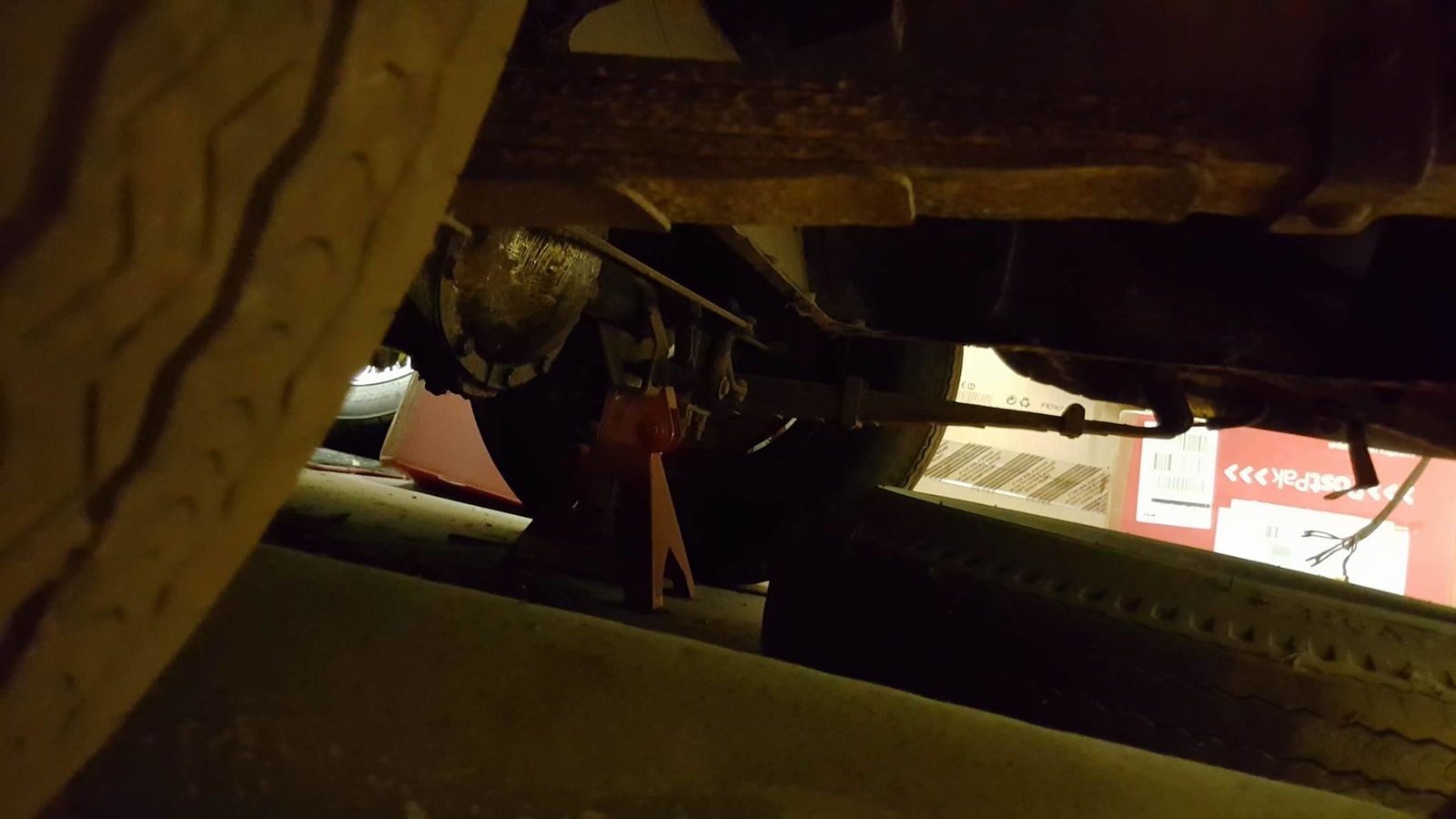
A big downside of leaf setups is they aren’t brilliant when it comes to suspension tuning. In racing and performance car applications, it is vital to be able to manipulate a suspension setup for the driving conditions and for different driving styles, something that is much easier nowadays through adjustable coilovers. This lack of adjustability of leaf setups is emphasised by the fact that the ends of the leaf springs are attached to the chassis, which leaves very little scope for shortening or lengthening of the leafs. Adjustments can therefore only really be made through the strength and flexibility of the material used to make up the leaf springs.
Leafs also allow very few directions of motion and are only really designed to move vertically, while a spring and damper combination can be manipulated into a much larger range of motion. Leaf springs are firmly clamped together and bolted to the chassis as well as clipped to the axle, thus giving little to no scope for any other direction of motion which can lead to heavy wear on the joints and connections holding the setup together.
This connection with a live rear axle can cause comical dynamic characteristics in a car when compared to a more modern independent suspension setup, something that older Mustangs are famous for. The rear axle will simply bounce around high speed corners as the suspension and axle are forced to move around together, when a modern damped system would add much more composure to the driving experience.
In comparison with a helical spring, leaf springs are generally much stiffer simply down to the steel construction and the tight package that they are bolted and clamped into. Ride comfort is therefore not a feature of vehicles that use leaf springs which made their popularity decrease dramatically after proper dampers were introduced in the 1970s to everyday cars in a cost-effective manner.
But doesn't the Corvette use leaf springs?
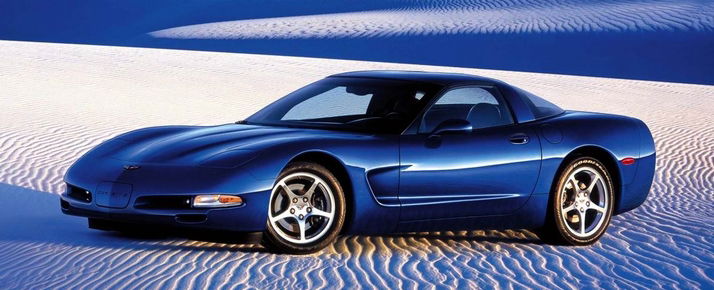
The Corvette has often been laughed at for holding on to the old-school leaf spring technology, but there is genuine reason for Chevy to keep using them. A transverse leaf spring is placed along the rear axle and is simply kept as a design due to the fact that it works well and is a much cheaper alternative to coilovers. The ‘Vette has always been a ‘bang for your buck’ car and with Chevrolet still claiming satisfactory handling dynamics, it sees no reason to change it up.
Chevrolet uses fibre reinforced plastic (FRP) instead of steel as it can handle around five times as much strain energy than a standard spring steel setup along with being a third of the weight. Suspension testing is generally governed by the number of cycles or oscillations that the springs can handle. The FRP monoleaf system can handle ten times as many cycles as the steel equivalent and the lack of interaction between leafs that occurs in a multileaf spring means that the suspension stays pliant, upholding the levels of handling and ride comfort.
With only commercial vehicles still using leaf springs for suspension for the most part, you’ll have to hark back a few decades to find ‘performance’ cars with that kind of suspension - Corvette aside, of course. From a gladiator’s chariot to a Ford Mustang GT, the leaf spring certainly had its time at the forefront of vehicle damping but despite its simple design, the age of the spring and damper is well and truly in full swing.
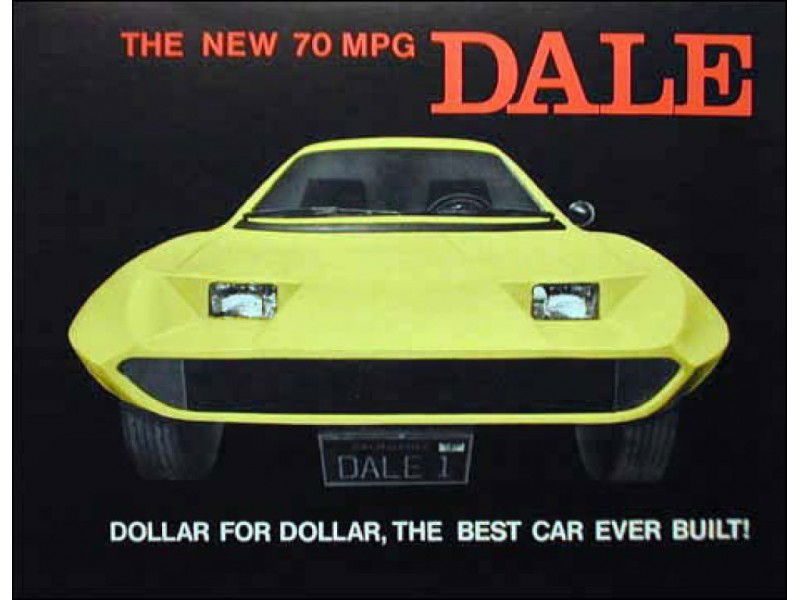
Comments
Wait the C7 still has leaf sprngs?
Still wouldn’t ever want them.
My 1991 Passat already had mcphersons in the rear, I’m laughing pretty hard right now :D
That new Volvo S90 also uses transverse leaf springs as well, no?
I read “The advanced disadvantages of leaf springs”
Well Ok…
Leaf springs are best fit into pickups. They are more durable and as stated in the article handle heavy loads well.
Google up the all “new” Toyota Innova and Toyota Avanza, decades later still uses leaf springs as standard.. Living in a third world countries sucks especially Indonesia and Malaysia as we have the most uncomfortable people cruisers of all time..
In the description of a picture says “FEA analysis”, but the “A” already stands for analysis :P
theirs something so udderly satisfying about watch how its made.
My ‘92 Nissan Vanette has transverse leafs on the FRONT!
Pagination